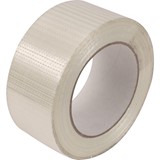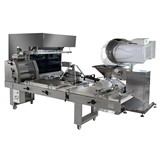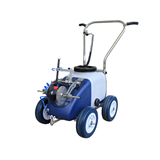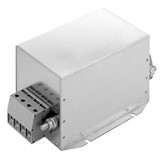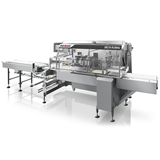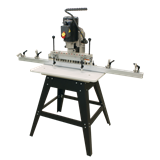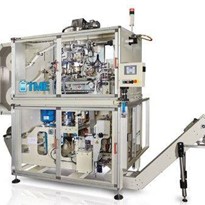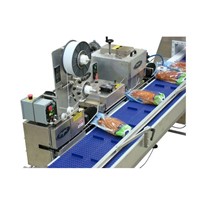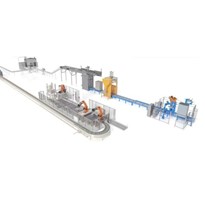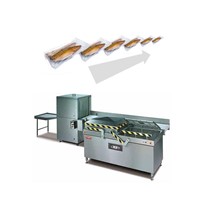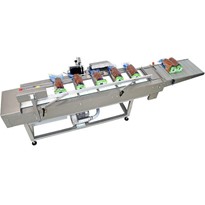Packaging line efficiency refers to the overall productivity of a packaging line in a manufacturing environment.
It’s a measure of how well the packaging line is performing to produce the desired quantity and quality of product within a specified time frame—and with minimum waste.
How to Calculate Line Efficiency
A packaging line’s efficiency can be calculated by dividing the total number of products produced by the total time taken to produce them.
This calculation provides the production rate per hour, which is a key indicator of the line's efficiency.
You can get more detail out of this analysis.
The term OLE (Overall Line Efficiency) is a measure of a packaging line's efficiency that takes into account OEE (Overall Equipment Effectiveness).
Read more about OLE in this whitepaper.
Benefits of Improving Line Efficiency
By increasing packaging line efficiency, manufacturers can:
- reduce production costs,
- increase production capacity, and
- meet customer demands more effectively,
which can ultimately lead to greater profitability and competitiveness in the market.
How to Improve Line Efficiency
Several factors must be considered, including:
- the design of the packaging line,
- the speed of the production line,
- the quality of the packaging materials used,
- the skills and training of the workers, and
- the level of automation used in the packaging process.
Furthermore:
- regular maintenance of the equipment,
- proper production run scheduling, and
- effective production team management
can also contribute to improved packaging line efficiency.
So that’s the basic premise behind it.
If you know your packaging line has an issue, how do you go about fixing it?
It's best to start with a line efficiency audit to determine where the bottlenecks and inefficiencies are.
Once you get visibility over your entire line, it's a matter of systematically addressing the bottlenecks in order of priority.
If your packaging line could do with some assistance, we're here to help






